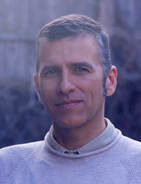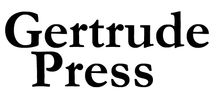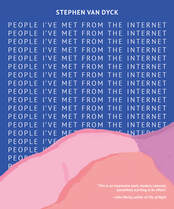Dial-up Access—to the Past
Review of People I’ve Met From the Internet by Stephen Van Dyck

REVIEWED BY MICHAEL QUINN
Michael Quinn interviews authors and reviews books for Publishers Weekly, for the Adroit Journal, and for his own website, under the heading “Book Report.” His reading list for the reviews he’s not assigned is determined by interest, whim, and chance—and by what’s available at the Brooklyn Public Library. |

